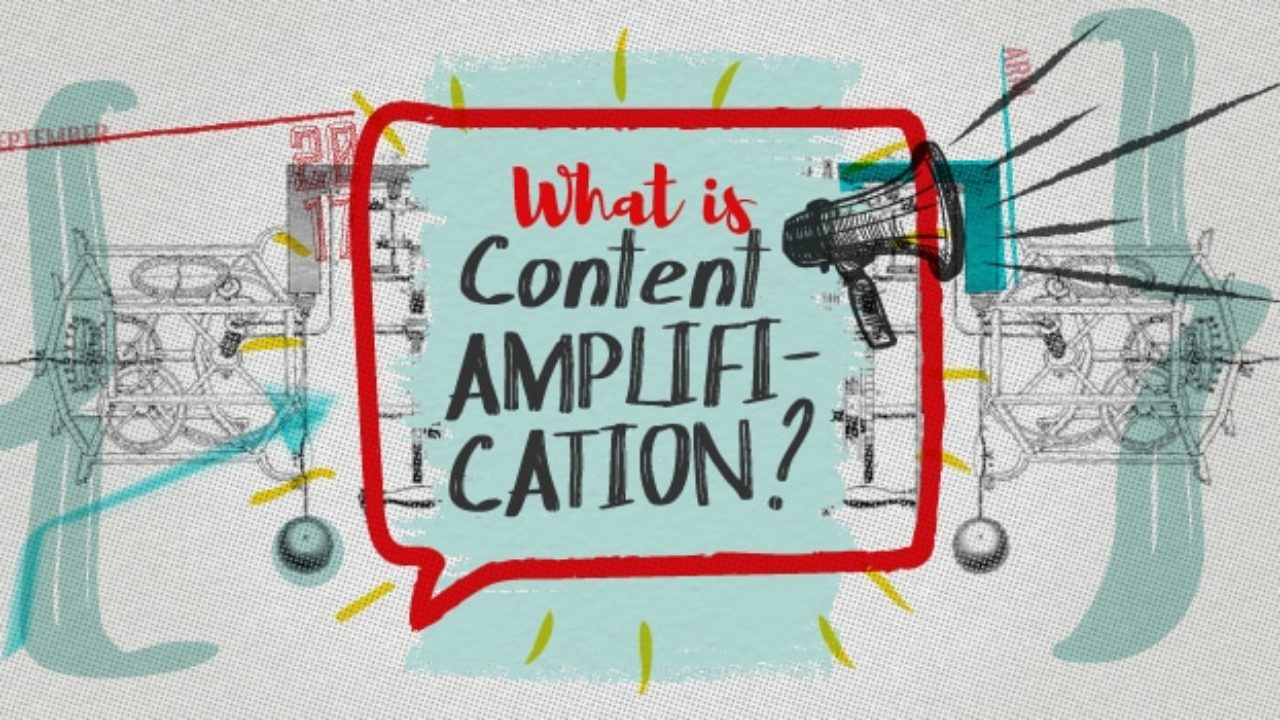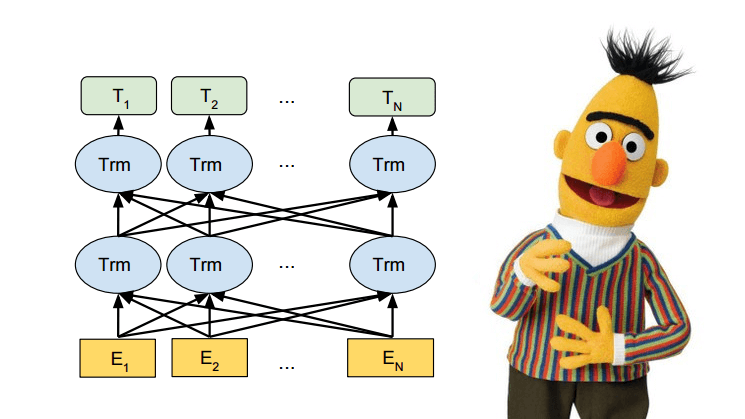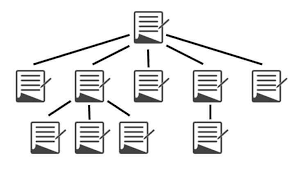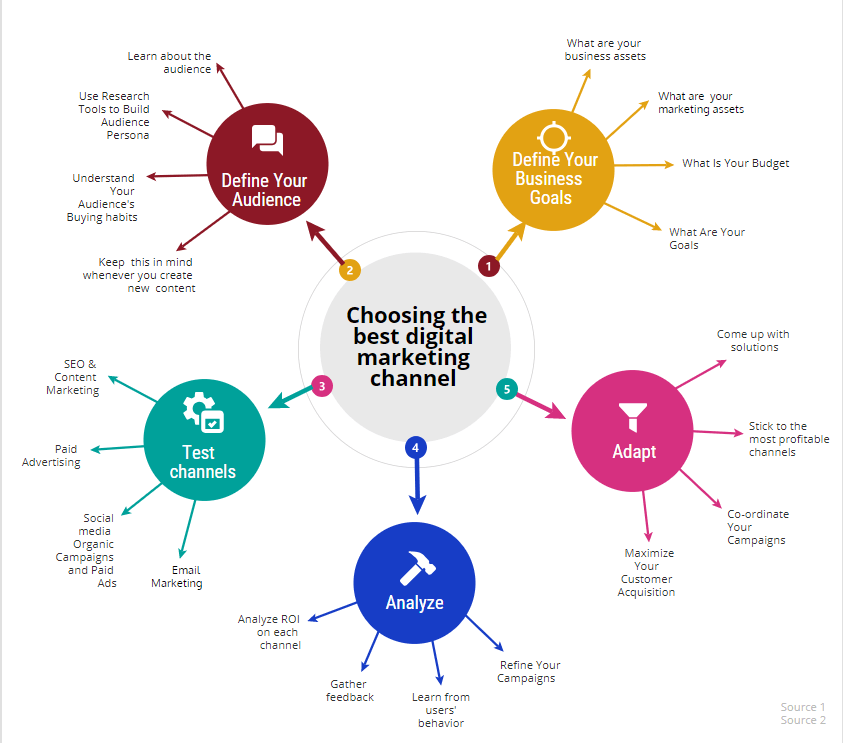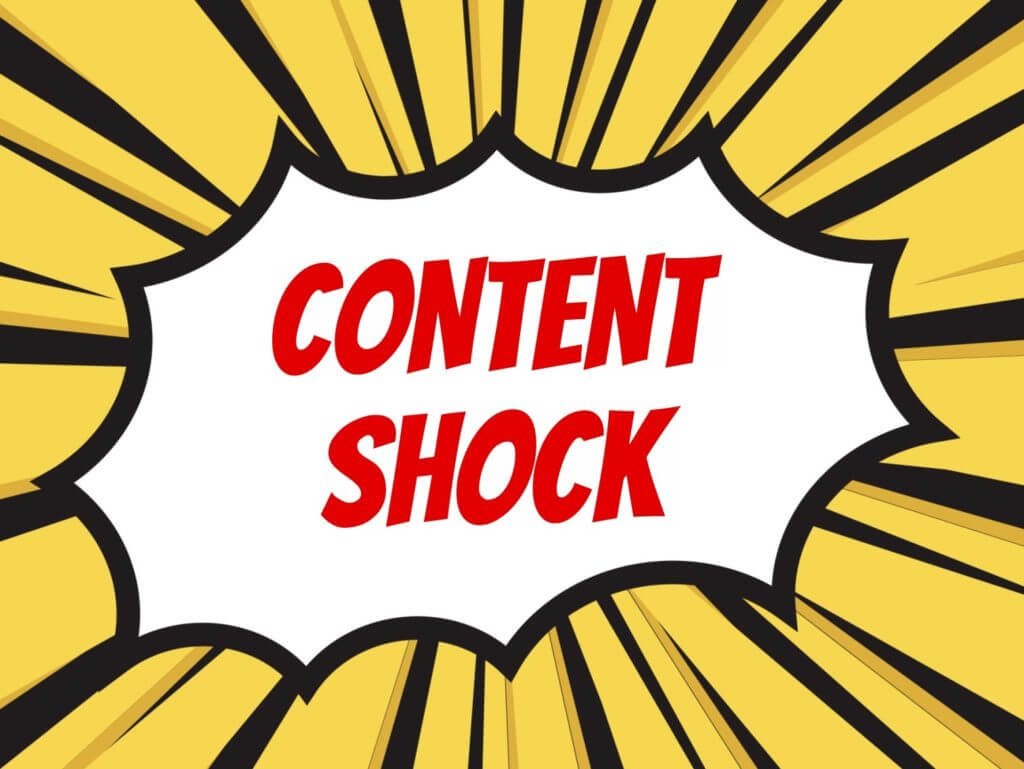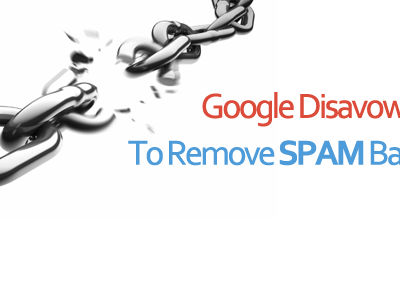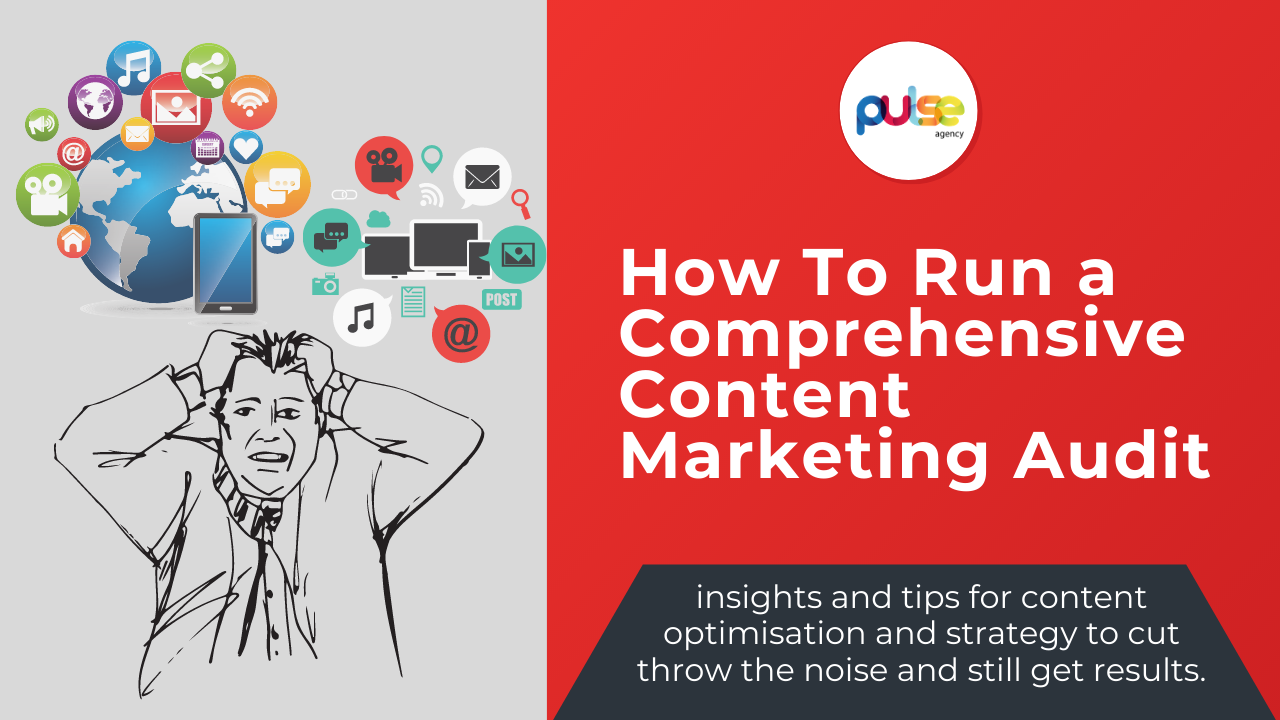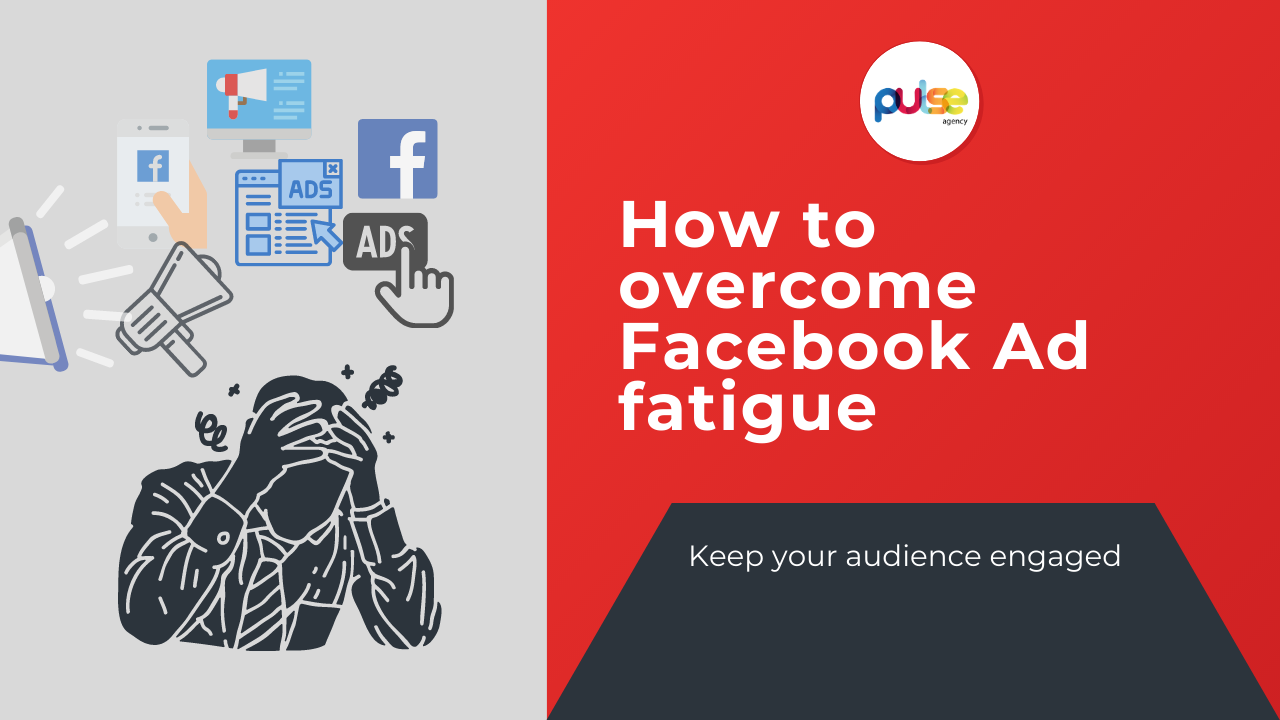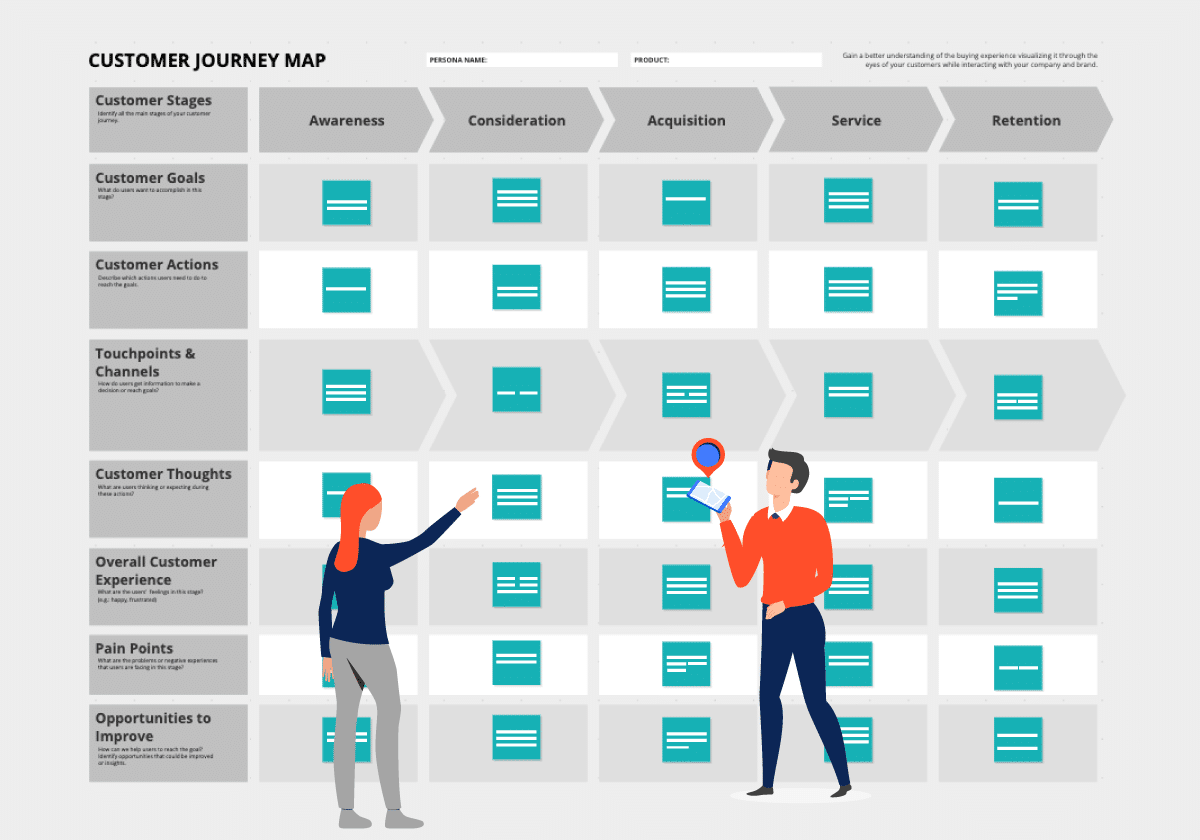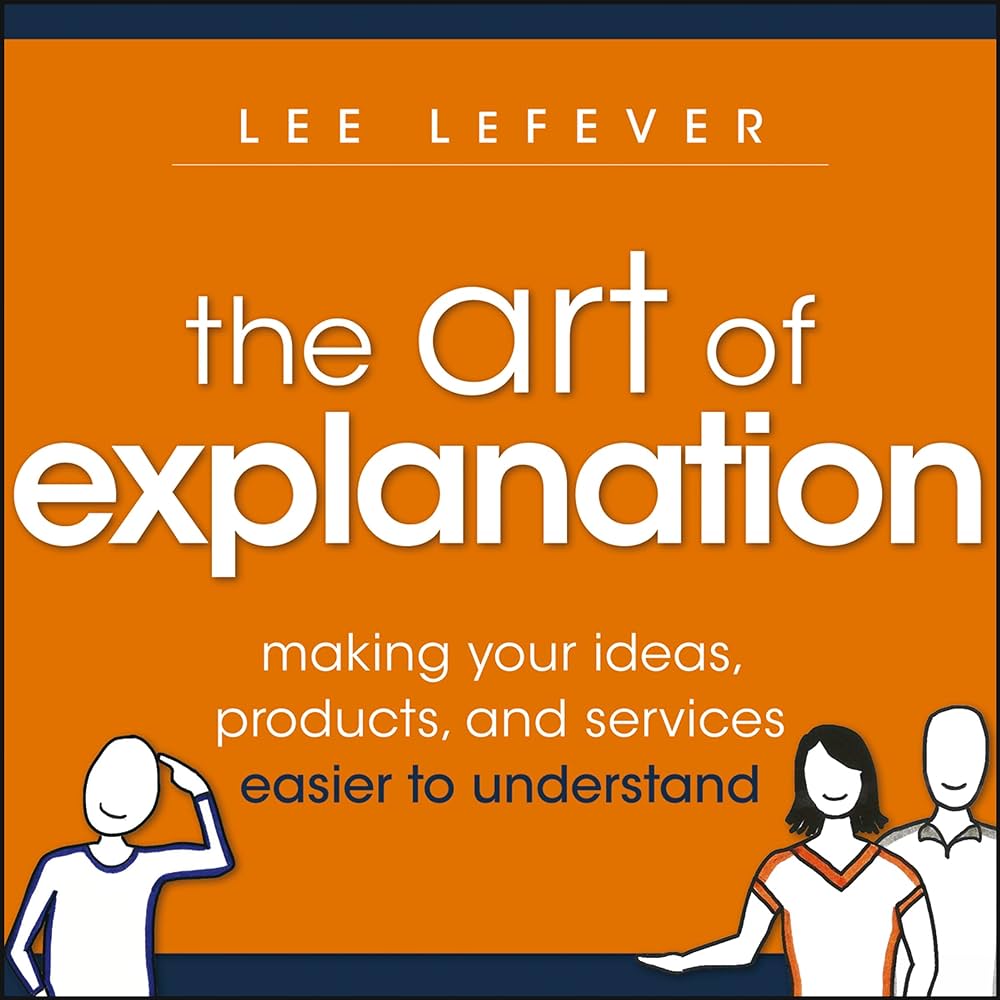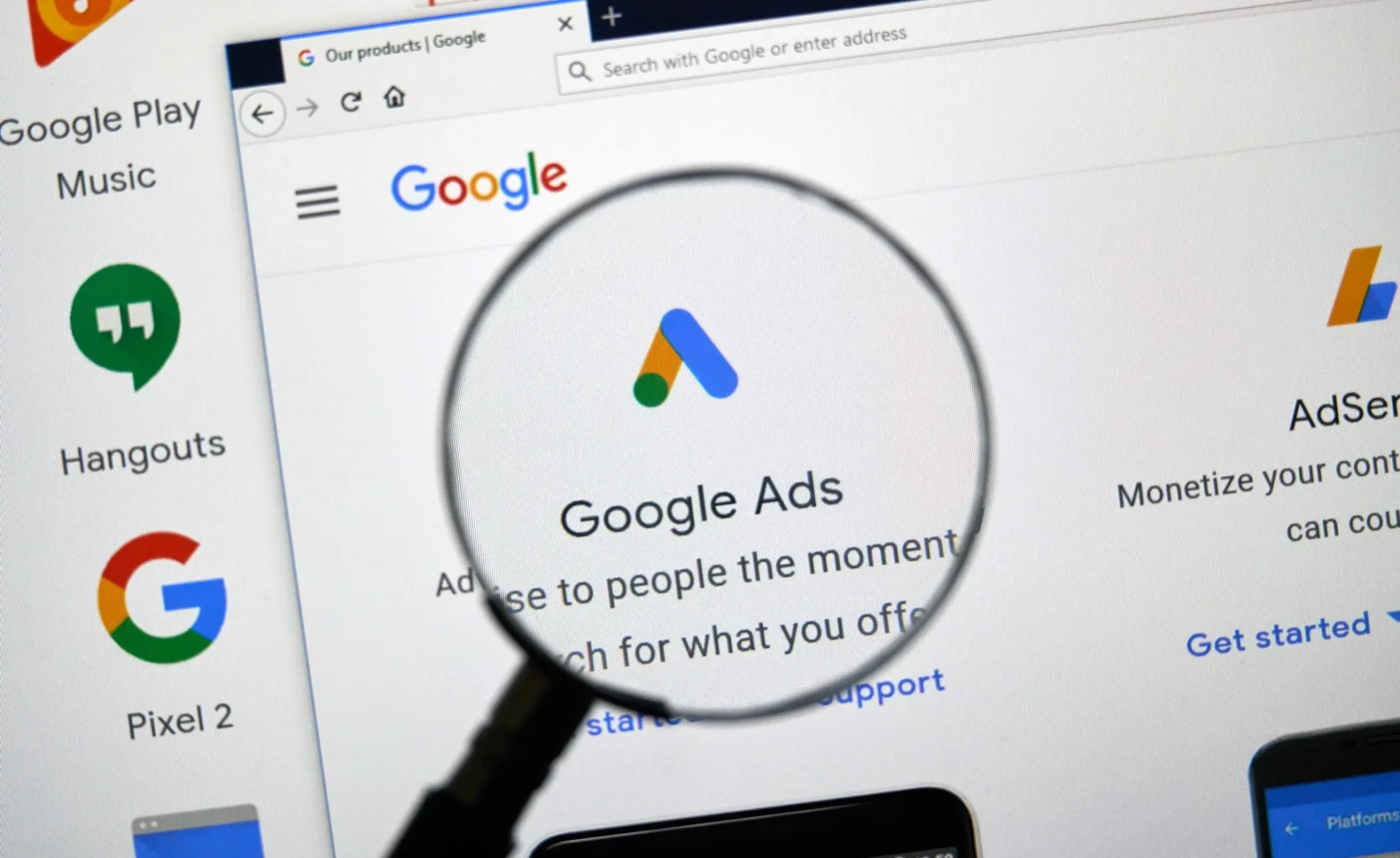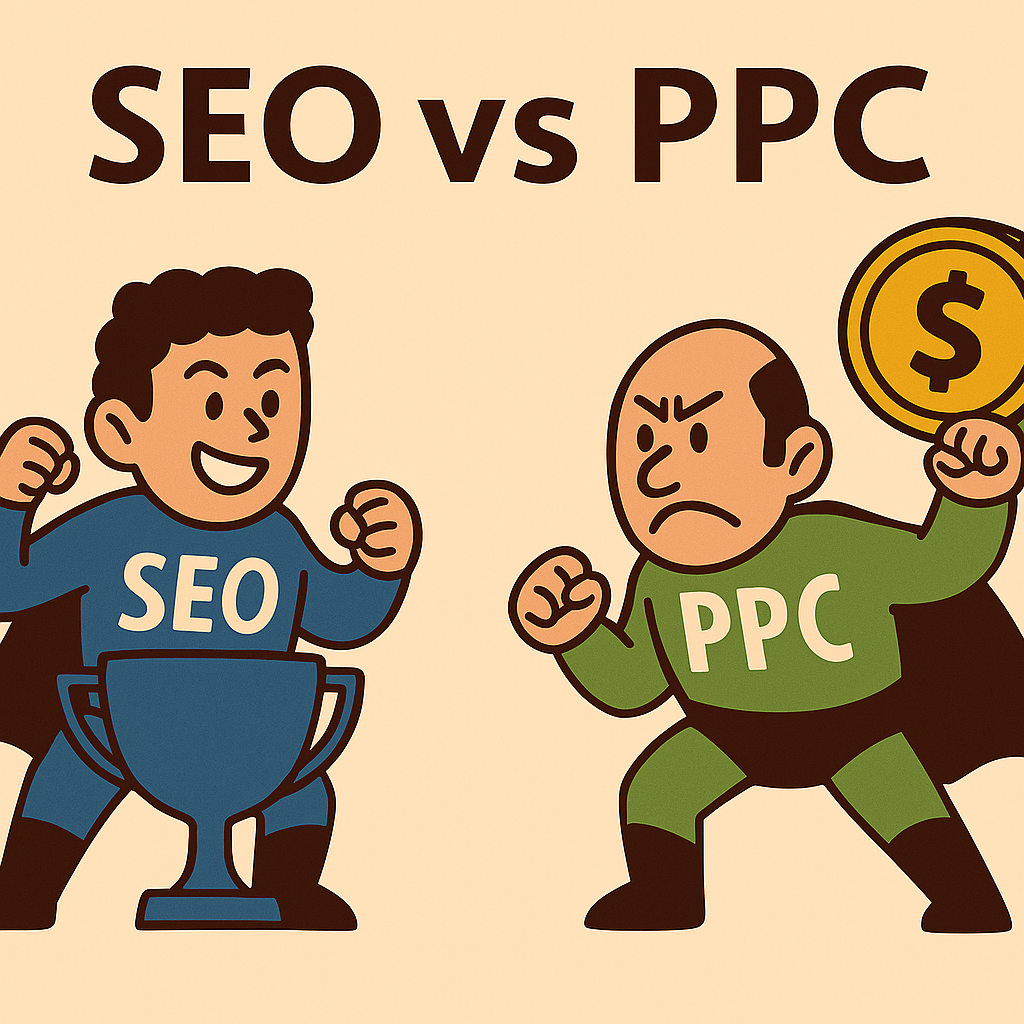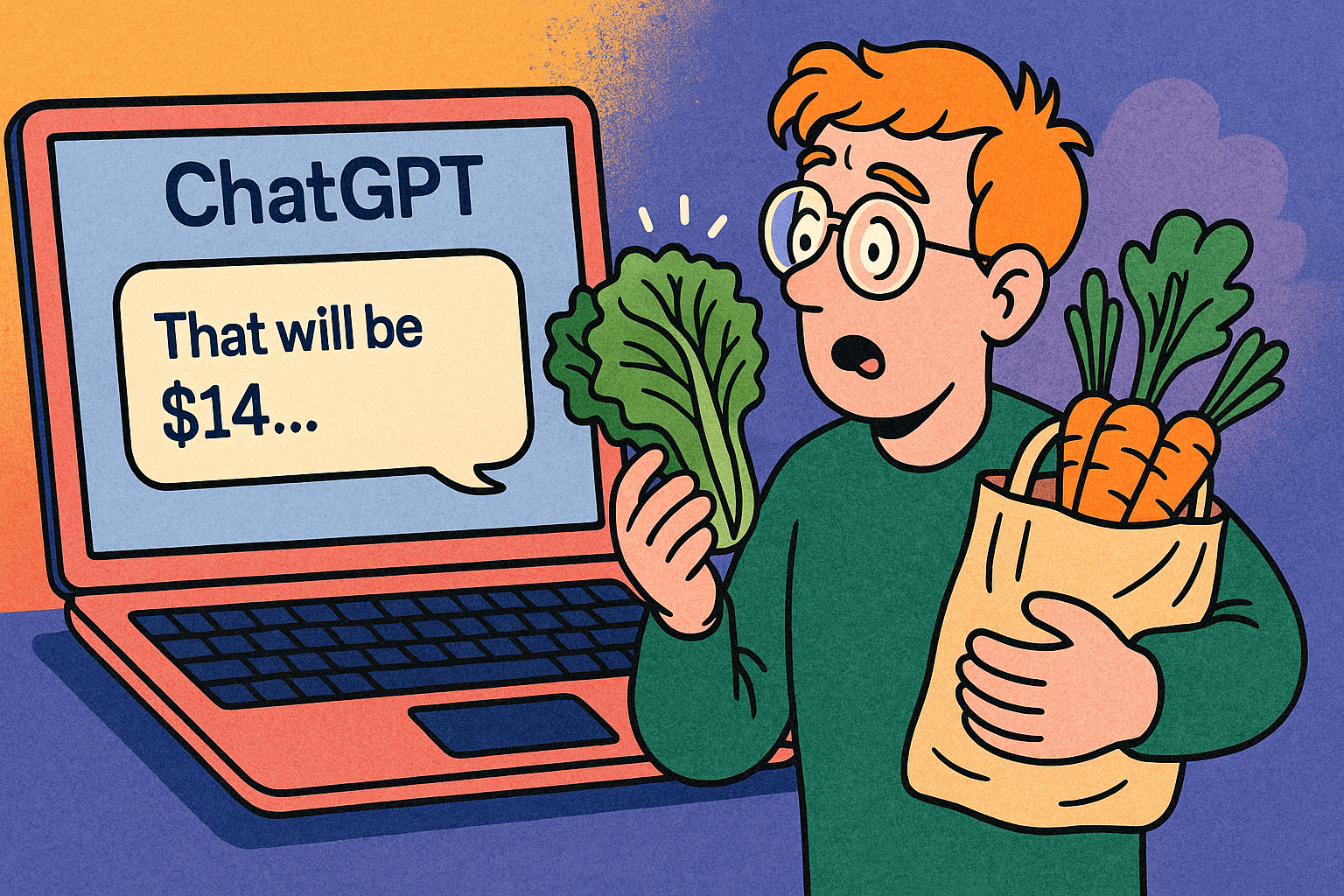
How to talk to robots: Semantic SEO and the new WordPress blocks are here to help What is semantic markup
What is semantic markup We call semantic markup the method of writing and structuring HTML code in such a way that it reinforces the meaning of the content. For now, Jump Links looks like the easiest way to help Google to discover and index the relevant pieces of content (fraggles) we want the search engine to take into consideration for specific queries.
Table of Contents
What is semantic markup?
We call semantic markup the method of writing and structuring HTML code in a way that reinforces the meaning of the content. Structured data is a piece of code written in a specific format so that search engines can better read it, understand it, and use it to display search results in a much richer way to benefit users. Since Google uses structured data to enhance its search results, today, using structured data has become an absolute must for website owners.
Embracing semantic SEO won’t get you more clicks.
As Rand Fishkin pointed out in his article about Google CTR, in a world where 50% of the searches are not receiving clicks, rich snippets are not so much about getting clicks but mostly about not losing rich snippets opportunities. Since Google started answering queries straight from the results pages, it’s discouraged users from leaving the search engine by clicking on the results.
According to Fishkin, in September 2018, “for every 100 searches on Google mobile, there were 38.5 clicks on an organic result, 3.4 clicks on a paid result and 61.5 no-click searches”. Given that both organic and paid CTRs are trending down, Fishkin suggests savvy search marketers should improve brand recognition using all available methods (brand, social, content, press+PR, community building), use high CTR keywords and try to answer users’ questions to increase your chances of getting featured snippets.
Why is semantic markup important for SEO?
All semantic tags used in the code make it more straightforward for browsers, developers, and crawlers regarding the typology (entities) of the information a webpage is about and its importance. Semantic markup will help your page’s discoverability as it will target rich snippets that are becoming ubiquitous in search results, especially in an Entity First indexing word.
In her article on Entity-First Indexing with Mobile-First Crawling, Cindy Krum explains how Google may understand languages and entities, how it uses them to deliver more accurate search results and why that is important for SEO. This new approach in Google’s search (Mobile-First Indexing is primarily a reorganisation of the index) based on entity understanding – backed by the development of AI and machine learning) means new SEO strategies will be needed. These will include recommendations to use Schema and JSON-LD to markup content and a mobile-first approach, amongst other things.
How to add Schema to your website?
There are many ways to build semantic markup on a WordPress website: adding Schema.org structured data to your pages, injecting the necessary code into your pages using Google Tag Manager, and using Gutenberg structured data content blocks.
What about Guttenberg blocks?
You can automatically add structured data JSON-LD with Gutenberg content blocks in the Yoast plugin. Yoast SEO 11.0 now builds entity graphs representing the entities — people, places and things, and their relationships via properties. So, it describes the way your website is connected to your pages, organisation, authors, etc.
Plugins can also add a lot of structured data markup to your website. The Local SEO plugin allows you to get structured data content blocks for Guttenberg: you can now add valid structured data to your site by adding the address block. For e-commerce sites, the WooCommerce SEO plugin builds a product graph that makes sense, replacing the standard outputted Schema. Also, the News SEO plugin converts every article into a News Article. It adds information like publication year and copyright holder, giving you a better chance to appear in the Top Stories carousel.
What are Fraggles?
Guttenberg blocks align with what Cindy Krum calls Fraggles: “a combination of ‘Fragments’ and ‘Handles’ that rank in Google search results. When clicked, Fraggles scroll directly to a specific section of an article, forum or webpage.” So, these short fragments appear as a quick fact or an answer to a question.
What is essential to understand is that Google seems to be moving toward extracting pieces of content and showing them straight to the SERPs as an Answer or part of the Knowledge Graph, as opposed to total pages. Fraggles occur in the form of traditional web copy but also in the form of video fragments that answer the question that was submitted. For now, Jump Links looks like the easiest way to help Google discover and index the relevant pieces of content (fraggles) we want the search engine to consider for specific queries.
What is WordLift, and why is it the future for SEO?
Are you looking for an excellent AI-powered SEO plugin for your WordPress Sites? We advise you to choose WordLift, a lightweight plugin that helps you organise posts and pages by adding facts, links, and media to build beautifully structured websites for users and search engines.
Using WordLift, you can quickly produce content compatible with schema.org markup. This allows search engines to index content more effectively and present it more visually. The supported types of entities are Thing, Person, Place, Event, Organisation, LocalBusiness, Creative Work, and Recipe.
It also can create your entities and language structure, like making your website search engine.
![]()
WordLift –the first semantic plugin for WordPress that uses natural language processing and linked data publishing for automating structured data markup, analyses and enriches the text, transforming it into machine-friendly content and bringing the user experience to a new level of engagement.
Conclusion:
It would be best to embrace semantic SEO, not necessarily because rich snippets will help you get more clicks but because you can’t afford to lose those rich snippets opportunities. Almost 50% of the searches do not receive clicks, but Google wants to show the audience more specific information (whether it’s YouTube videos, maps, PDFs, reviews, etc.). We see more structured data-powered rich results pop up lately, so it is essential to prioritise this to get the right website traffic and ensure your online business’s success.






